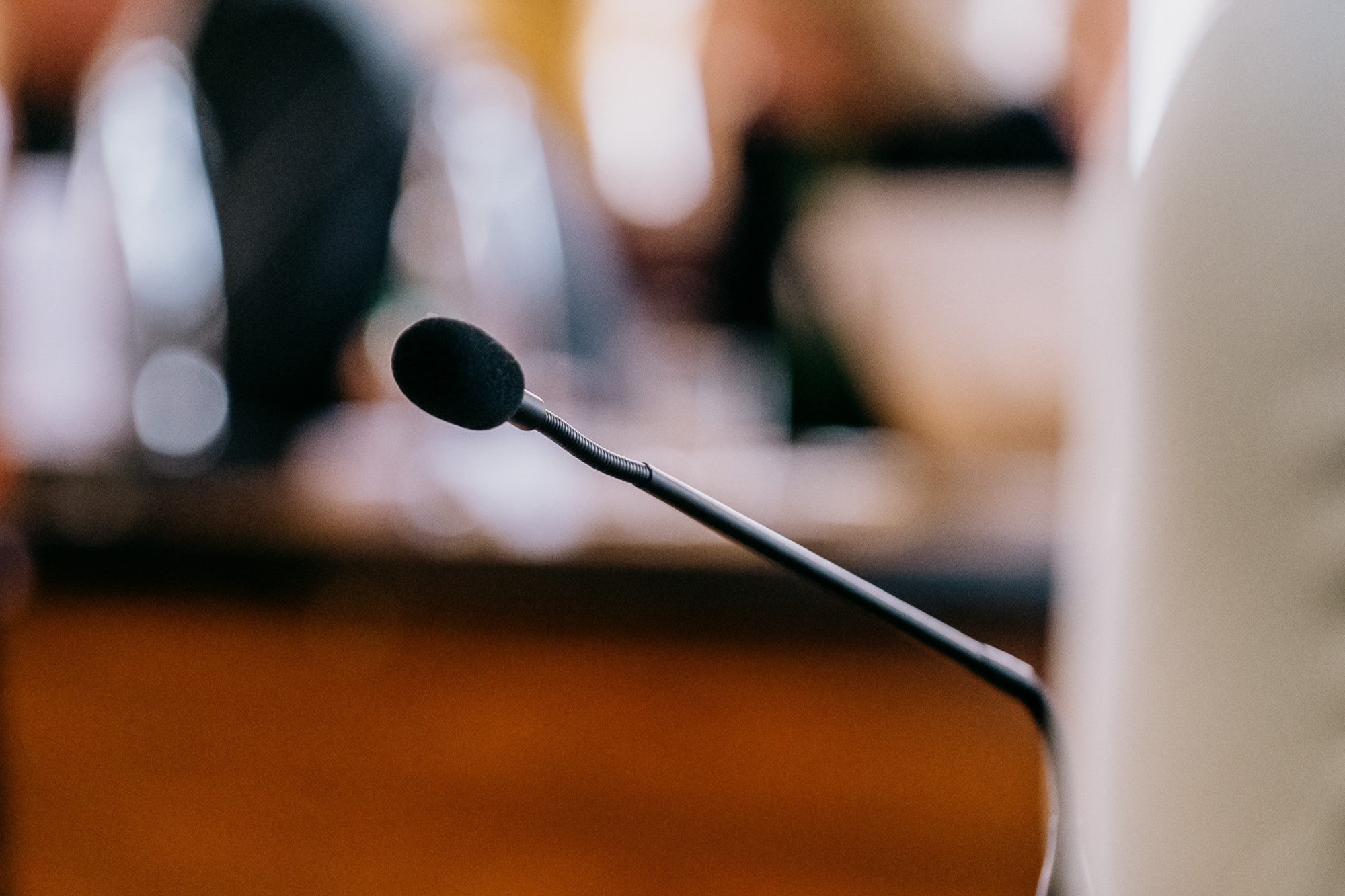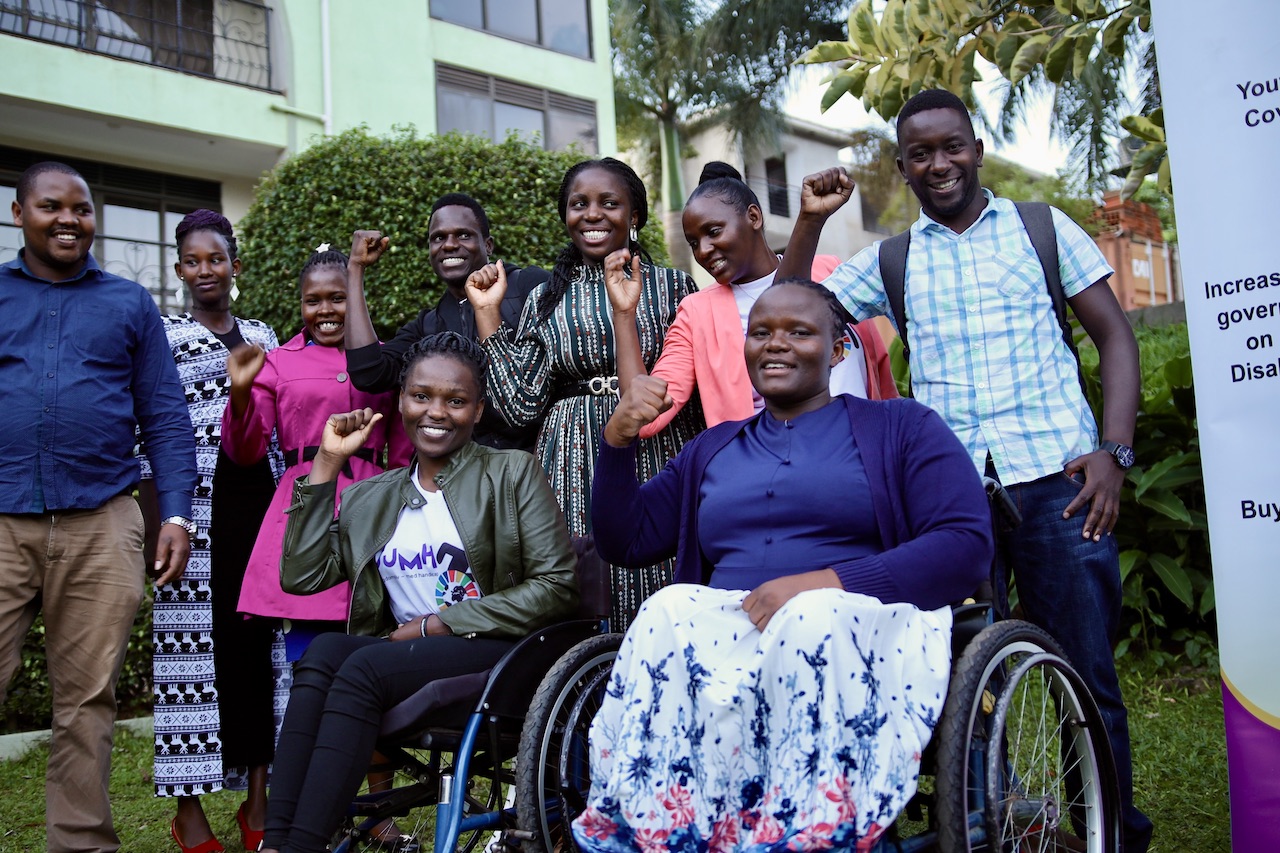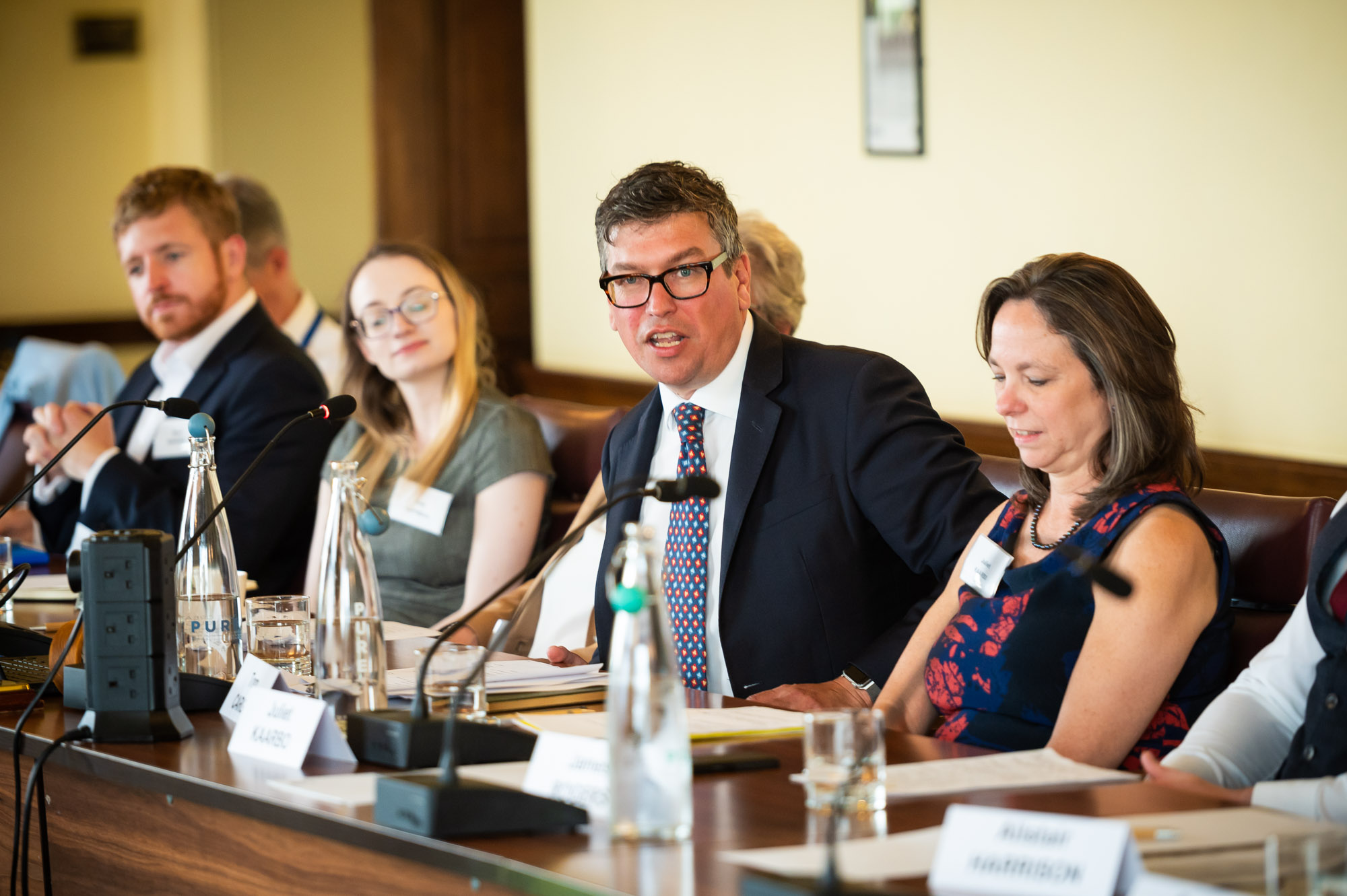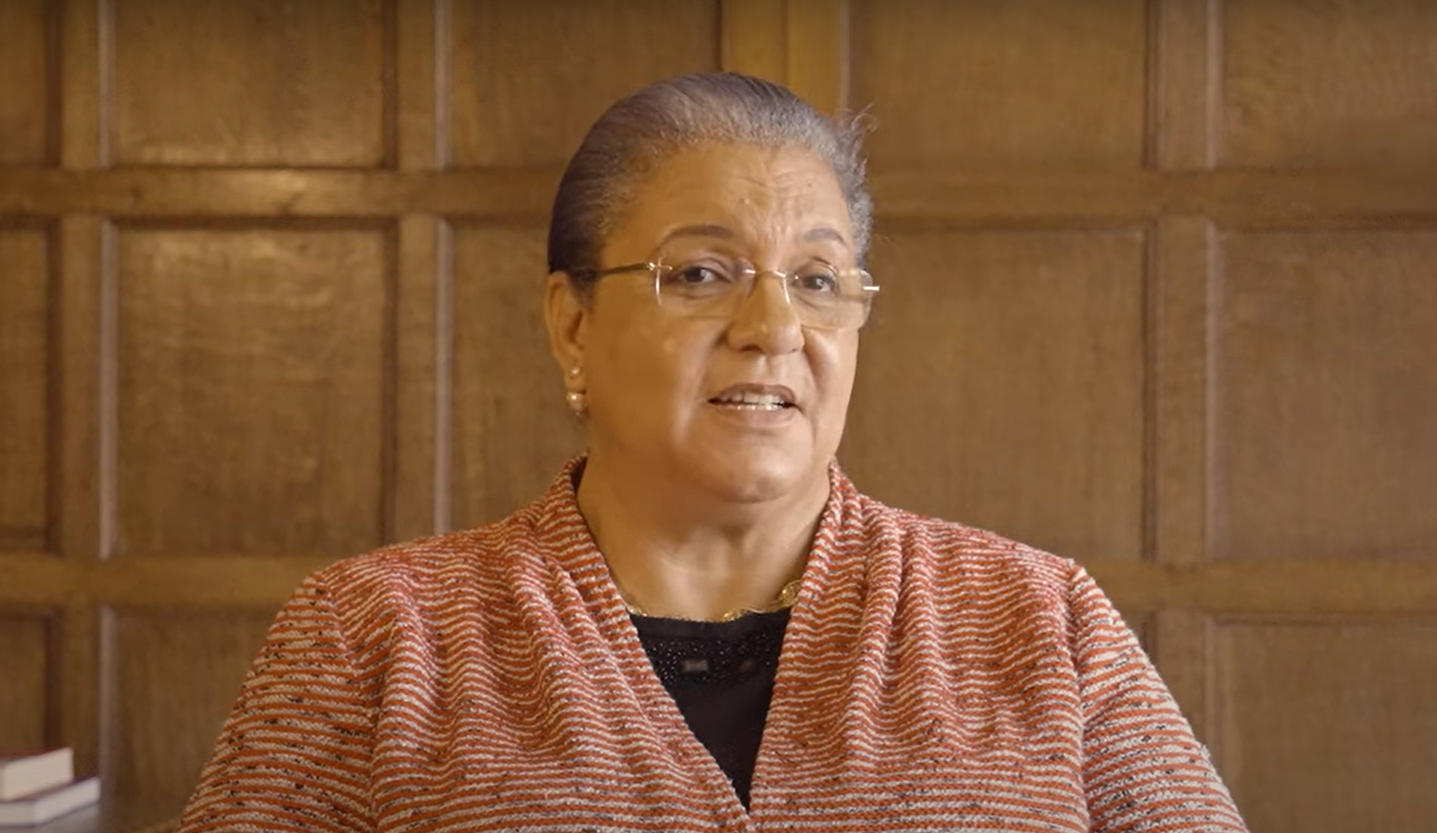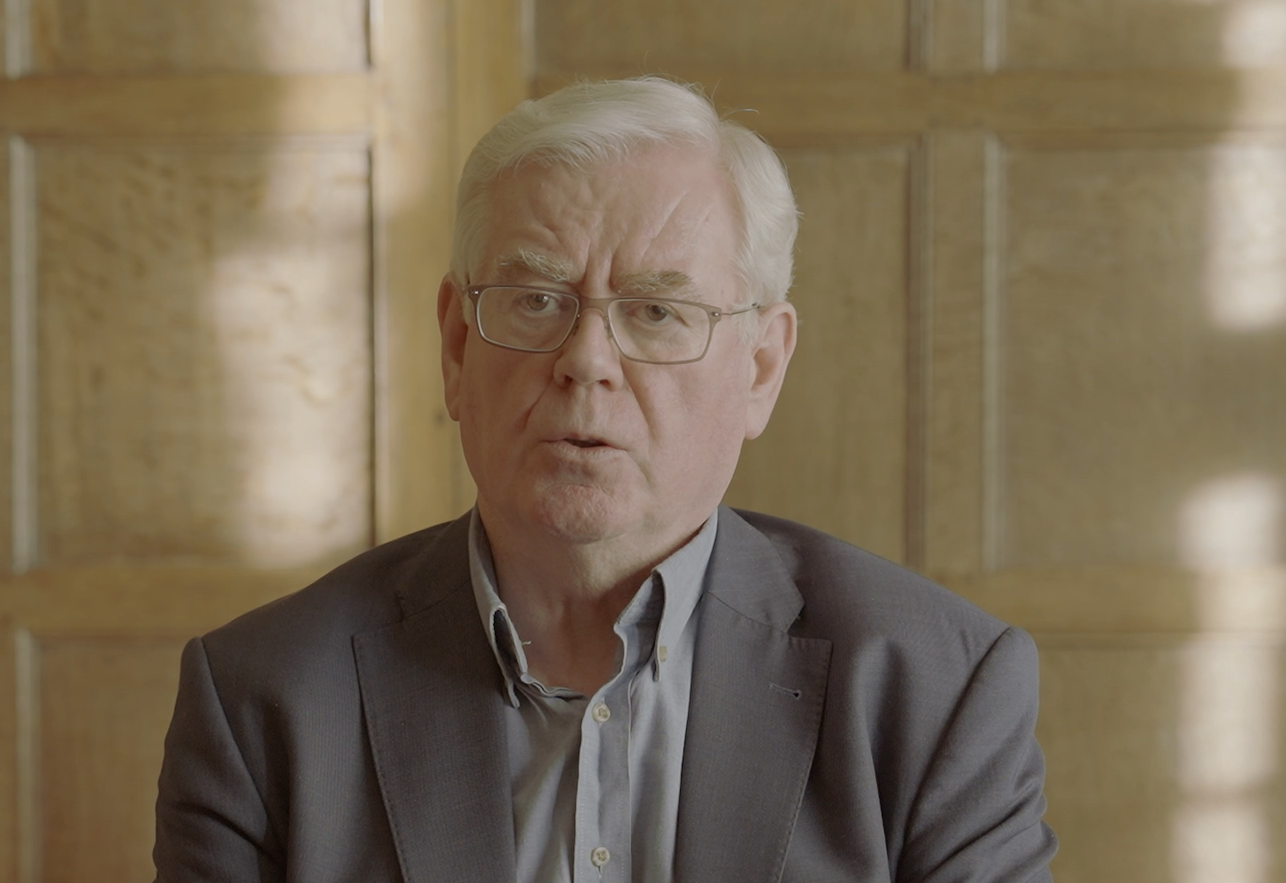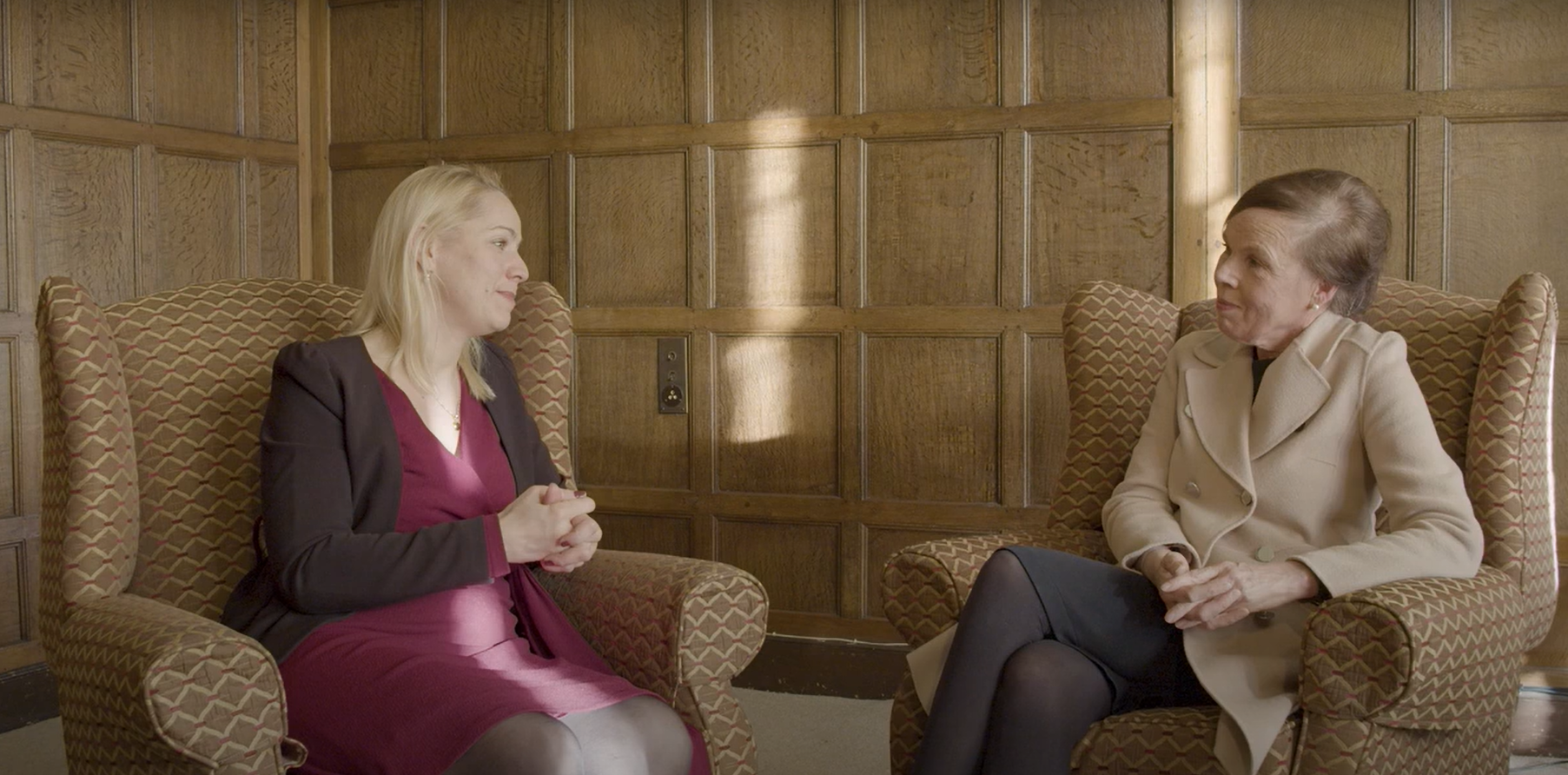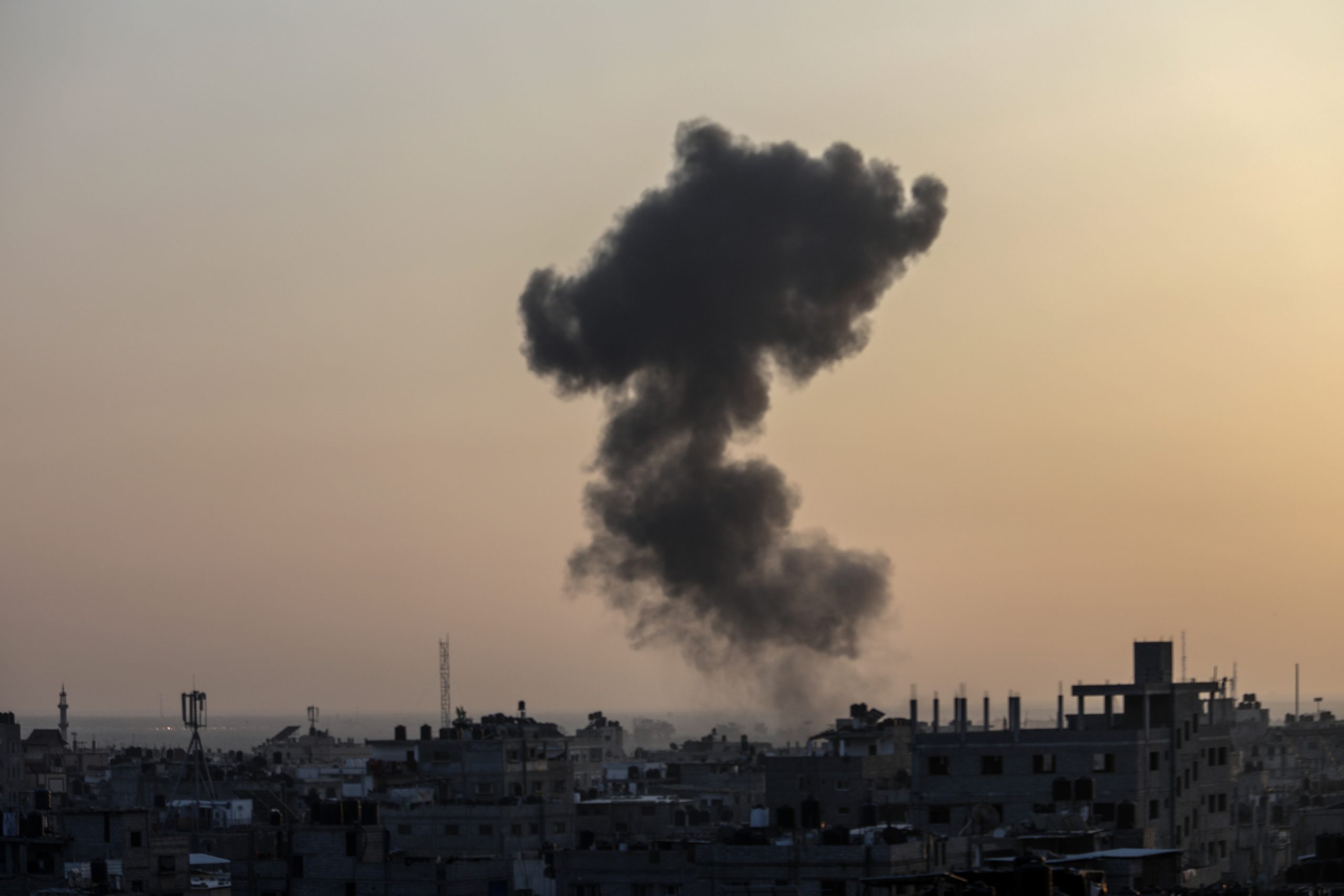The Council of Europe has, through its consecutive strategies on the rights of the child, acted as the regional driver in the implementation of the recommendations of the UN Secretary General’s Study on Violence against Children prepared by Paulo Sérgio Pinheiro in 2006 and has supported the mandates of the Special Representative of the UN Secretary-General on Violence against Children and the UN Special Rapporteur on the Sale of Children, Child Prostitution and Child Pornography. The efforts of the Council of Europe and its member States have triggered a change of mindsets and can be accounted for through the adoption of numerous legal standards, monitoring mechanisms, awareness-raising campaigns and initiatives.
The recently adopted Council of Europe Strategy for the Rights of the Child (the Sofia Strategy), launched in April 2016, will guide the 47 Council of Europe member States over the next six years on five priority areas, including the need to promote a life free from violence for children. Additionally, the Strategy underlines that today, 10 years on from the Pinheiro study, target 16.2 of the post-2015 Agenda for Sustainable Development calls for the elimination of all forms of violence against children by 2030.
Building on this momentum, this meeting brought together key stakeholders at local, regional, national and international levels to discuss the strategic focus of actions needed to protect children from violence. It aimed to:
- Discuss outstanding challenges and next steps for action for international, European and national stakeholders to promote and support law and institutional reforms in the implementation of relevant international and European standards in this area in order to contribute meaningfully to the follow-up to the UN Sustainable Development Goals in the area of violence against children and make an effective contribution towards Target 16.2 of the post 2030 UN;
- Raise awareness about the Council of Europe key standards to protect children against violence, including against sexual exploitation and sexual abuse;
- Engage policy makers (in particular parliamentarians, local and regional elected representatives) to further elaborate and work on the commitments of states;
- Identify areas in which monitoring mechanisms need to be strengthened to ensure that children’s rights to protection are effectively upheld;
- Build capacity, foster exchanges and share best practice between experts at all levels to protect children from violence in various settings.
Video
We asked a number of participants “What action point would you prioritise to improve/increase protection of children?”
